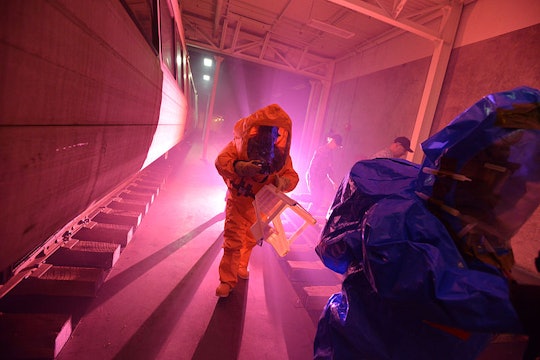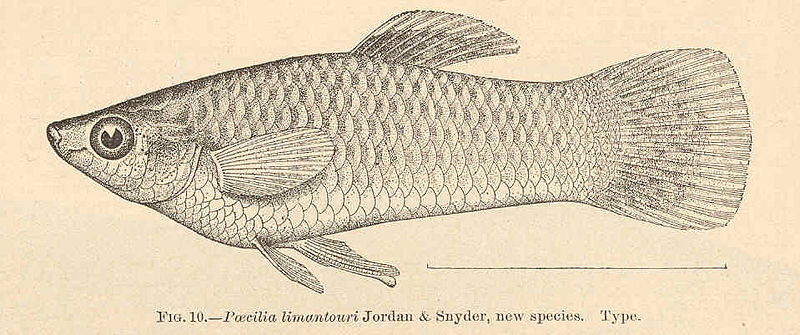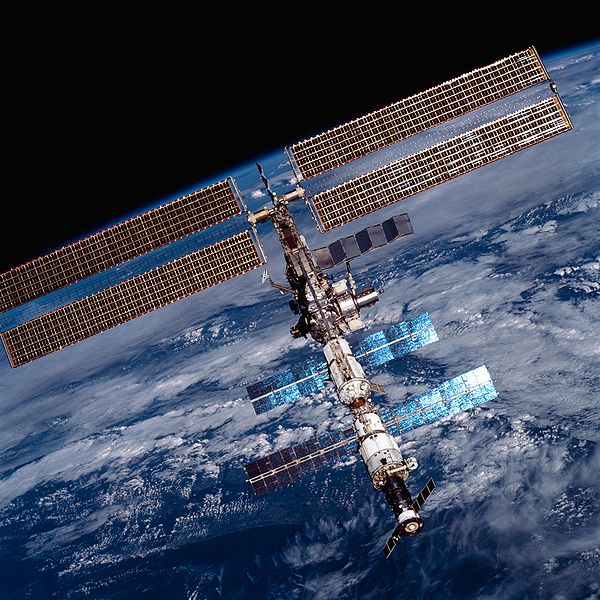
Life is evolving through a hurricane of human pollution
Animals are adapting to pollutants in surprising and often costly ways
No other species pollutes the way humans do. Many pollutants, like dioxins, phenyls, hydrocarbons, and some pesticides, are so slow to degrade that they can persist for generations in an environment. Others, like the caffeine and birth control hormones we flush down the toilet daily, are released so constantly that they are replaced as rapidly as they are broken down.
Animals are doing their best to weather this hurricane that humanity is wreaking on the natural world. Some, like pigeons and rats, seem to thrive in new urban environments. Others, like coral reefs and giant pandas, seem to be dangerously close to extinction.
Animals that are best able to cope with human-caused climate shifts tend to be the ones to pass on their genes to the next generation. In this way, these selective pressures are the rules by which the “winners” and “losers” are decided, and influence the building blocks (genes) of evolution in a species. We don't know for certain how this will play out in animal populations around the world, but one place scientists are looking for clues is within lineages that have survived for a long time already in difficult environments, both natural and human-induced.
They have found that animals can adapt to polluted environments, and persist even in environments that are inhospitable to most living things, but that those changes cause evolutionary trade-offs. The ideal solution for one problem (like pollution) can lead to terrible consequences in another process (like reproductive success). This means that even if animals are able to initially survive in pollute environments, they'll still have to contend with long-term consequences that are difficult to predict, and could ultimately lead to their decline. And species that are able to escape extinction, and even thrive, like urban rats, are going to be drastically different from ancestors that evolved without human influence.
Adapting at a cost
Last month, researchers from Kansas State University and Juárez Autonomous University of Tabasco, in Mexico, reinforced this finding by examining how life in a toxic spring shaped the multiple independent evolutionary lineages at the site.
The Poecilia mexicana species complex is composed of multiple independent lineages of fish that have colonized toxic, hydrogen sulfide-rich springs occurring naturally in river drainages in southern Mexico. Fish from sulfuric springs show a suite of behavioral, physiological, and anatomical differences from populations in nearby, non-sulfuric springs. While the hydrogen sulfide in these springs is the product of a nearby volcano, it can also make its way into the aquatic environment from petroleum refineries, paper mills, and sewage.
Because the populations in sulfuric and non-sulfuric springs are isolated from each other and have continued on their evolutionary trajectories independently for some time, they form a fascinating natural laboratory that scientists can use to ask questions about how animals adapt to extreme environments.
Hydrogen sulfide is a respiratory toxicant – it shorts out mitochondria (“the powerhouse of the cell”) and makes energy production slow and inefficient. This is exacerbated by the fact that it takes a lot of energy – dedicated proteins and metabolic processes – to detoxify hydrogen sulfide to reasonable levels. Contributing to this chronic energy shortage is that few lifeforms can survive in the extreme conditions of the springs, meaning that food for predators like fish is limited.
Given this energy shortage at multiple levels of biology, the researchers hypothesized that perhaps populations from hydrogen sulfide-contaminated springs adapted to have lower energetic demands than fish from uncontaminated waters. By saving energy on routine maintenance, they reasoned, the fish would be able to allocate more of their limited energy stores to non-survival functions like reproduction.

Sultan of sulfur
The team surveyed the body size and routine metabolic rate, two indicators of whole-animal energy demands, of Poecilia fishes from 11 field sites (five sulfuric and six non-sulfuric). They also reared fish from a subset of sites in the lab and conducted the same analyses. This extra step allowed them to track down whether any differences observed between the populations had a genetic basis (since they would remain even after the fish were raised in the same environment).
In support of their hypothesis, fish from sulfurous springs showed evidence of adaptation for lower energetic demands - they were smaller, and had lower oxygen consumption rates than fish from uncontaminated sites, even when reared in the lab. Though some river drainages showed more pronounced differences between sulfuric and non-sulfuric populations, there appeared to be convergent evolution for lower energetic demands in the Poecilia fishes, as multiple, distantly related, independent lineages appeared to find the same solution to the problem of life in a toxic spring.
Life in toxic soup
Like the fish confined to hydrogen sulfide-rich springs, killifish from a number of polluted sites have made similar adjustments in their physiology to adapt to their extreme environment. The species, which holds a special place in my heart, are renowned for their remarkable tolerance of a wide swath of environmental challenges including low oxygen, high salinity, large swings in temperature, and even the microgravity of space. They also have a reputation for being one of the few species that will doggedly persist in sites besieged by contamination, and have been the subject of intensive toxicological research.

Not so natural habitat
This all makes them a model ripe for examining how animals are rapidly adapting to our increasingly polluted world, and intensive study of the genetics and physiology of killifish populations residing in densely populated, urban estuaries on the Atlantic coast has taught us a lot about the population-level effects of pollution.
Compared to animals from clean sites, killifish from polluted areas are far more tolerant of a large class of persistent, toxic compounds like polyaromatic hydrocarbons (PAHs), polychlorinated biphenyl (PCBs), and dioxins. And in spite of huge site-to-site variation in the exact nature of the toxic soup, the fish all seem to have the same basic adaption: desensitization of the aryl-hydrocarbon receptor pathway, an important detoxifying pathway that allows proteins to break down the toxic compounds that would otherwise harm them.
But why shut down a cellular response that helps to break down pollutants? The working theory is that desensitizing that pathway avoids its over-activation in contaminated sites, which can disrupt normal cell processes and lead to cell death. More focused work on specific populations has shown that these changes evolved quickly, repeatedly, and independently.
Conceptually, the sulfur-rich springs of southern Mexico are not all that different from a polluted killifish environment or a highly contaminated superfund site, where animals are persistently exposed to a cocktail of nasty urban and industrial chemical by-products. As animals come to grips with the new reality of life on Earth with humans, evolution marches on, as has been the case for thousands and thousands of lineages over millions of years. Only now, it's a race to adapt to what we're doing to the planet.
Humans are the world's greatest evolutionary force. How will animals cope with the new reality of polluted habitats? We can look at lineages that have survived for a long time in difficult environments (both natural and human-induced) for clues.


Reading this took me back to the scene in Erin Brockovich where she investigates the source of the pollution and we see a dead frog. It made me wonder: what allowed these Poecilia fish to adapt to the hydrogen sulfide-rich springs? Do the fish harbor microorganisms that are able to use hydrogen sulfide as some bacteria, like in Yellowstone National Park, can? I am curious if there is a lethal toxicity concentration (and at what level) when the fish are unable to adapt. With a rapidly growing human population, our pollution problem isn’t going away anytime soon and hydrogen sulfide emissions will only increase, making it critical to understand these effects now.